
Open woodland management involves restoring the open character of an oak dominated forest by reducing the shade-tolerant species from the mid and understory and adding an aggressive prescribed fire regime. Such management has been employed at Stephen A. Forbes State Recreation Area in Marion County for more than 10 years, and in 2012 a project was undertaken to utilize this management technique on a portion of the woodlands at Hidden Springs State Forest (HSSF) in Shelby County.

In Illinois, like most states with upland woodland fire-adapted communities, fire suppression has been the norm over the last 100 years. As a result, what once were open-canopied woodlands, providing food and shelter for wildlife such as white-tailed deer (Odocoileus virginianus), wild turkey (Meleagris gallopavo), whip-poor-wills (Caprimulgus carolinensis) and red-headed woodpeckers (Melanerpes erythrocephalus) and maintained by fire, have become closed canopy woodlands, a trend commonly referred to as mesophication. This process has resulted in wetter, shadier and cooler conditions within such woodlands; conditions favoring shade-tolerant species of trees and herbaceous plants. Mesophication has put the future of this Illinois hallmark biotic community in jeopardy.

At Hidden Springs, sugar maple (Acer saccharum), hackberry (Celtis occidentalis), wild cherry (Prunus seriotina) and elm (Ulmus spp.) are now creeping their way into the mid-story, ready to replace oaks in the woodland canopy. These species hinder the ability of various oak species to regenerate.
Further pressuring the woodland is the infestation of bush honeysuckle (Loniceraspp.), a species that has gained a dominant foothold in many parts of Hidden Springs. Bush honeysuckle produces allelopathic sub-soil chemicals that suppress the growth of other plants, and creates a large amount of moisture-holding leaf litter. Combine these factors together with increased shade, and an oak community has a lot to overcome.
The work at Hidden Springs fulfills one of the tasks identified under the Illinois Statewide Wildlife Action Plan’s Forest and Woodland Campaign. The goal of this campaign is to develop wildlife habitat strategies designed to implement bird and mammal goals in the forest matrix of Illinois, and to develop approaches to implementing these strategies.

Diverse funding is a necessity for a project the size of that occurring at HSSF. Funds from the National Wild Turkey Federation’s (NWTF) Super Fund were used on the original 142 acres. Although NWTF’s focus is improving turkey habitat, their holistic management approach benefits other wildlife species. U.S. Fish and Wildlife Service Federal Aid in Wildlife Restoration (W-76-D), State Habitat Fund money and State Wildlife Grant dollars also have been used to expand the impact of the project to a current total of 545 acres.
Part 2 in the next issue: Open Woodland Management—Hidden Springs State Forest, A Case Study
Doug Brown is an Illinois Department of Natural Resources District Wildlife Biologist based in east-central Illinois.





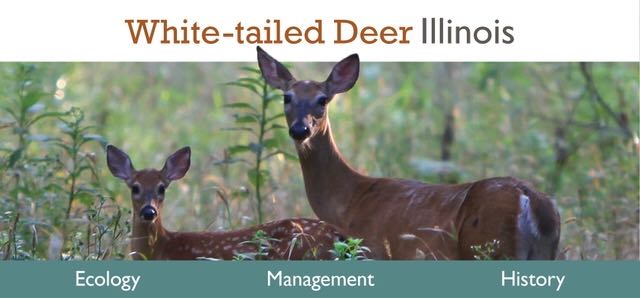
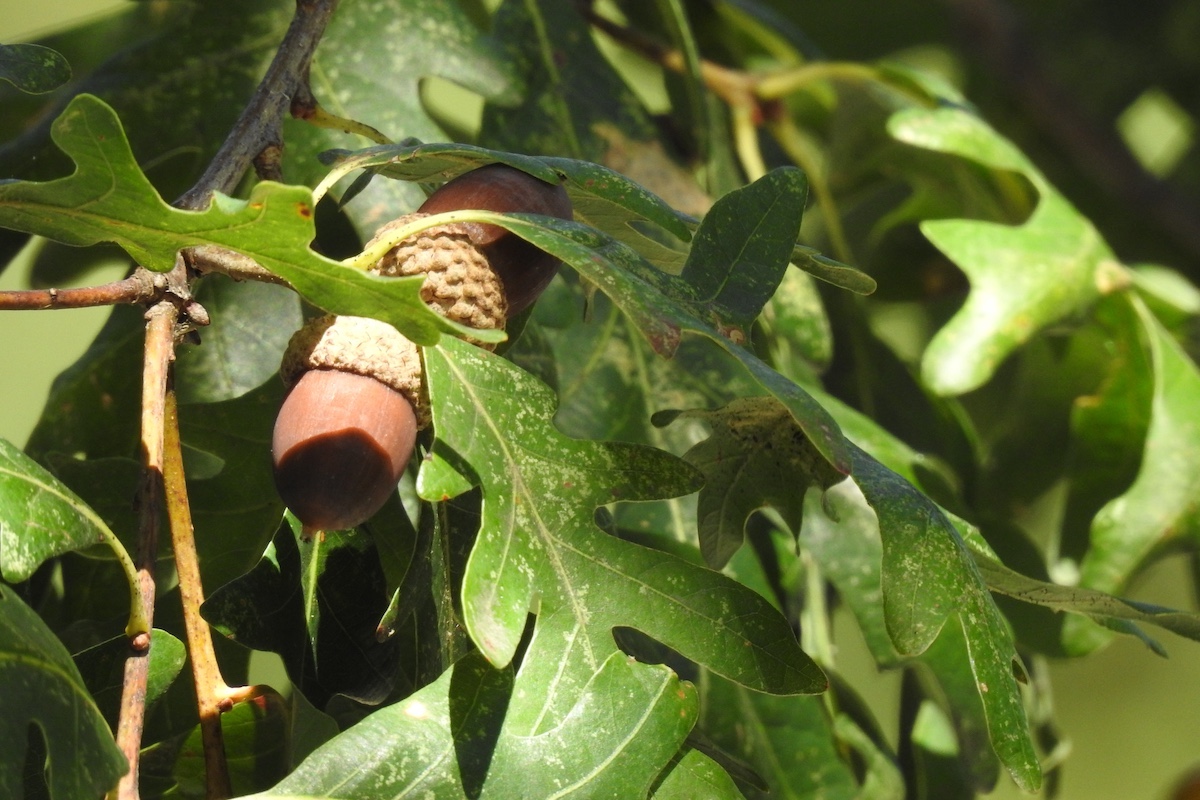
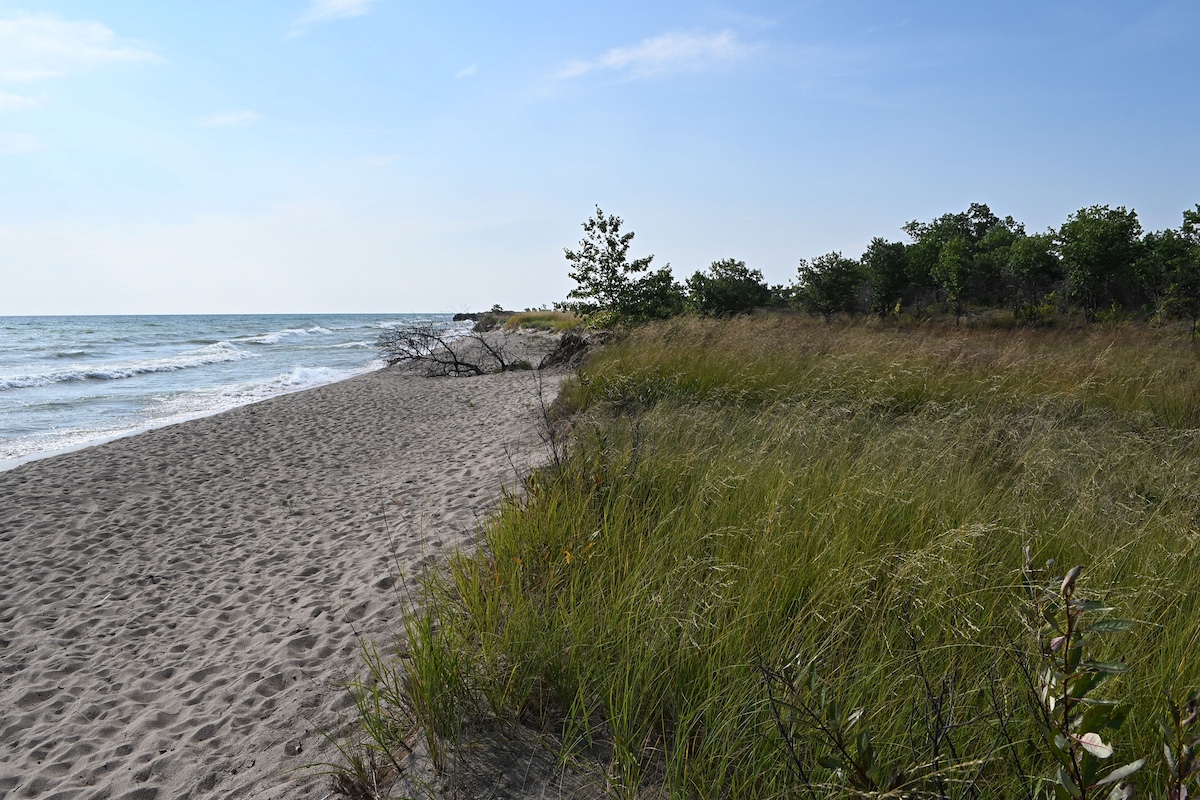



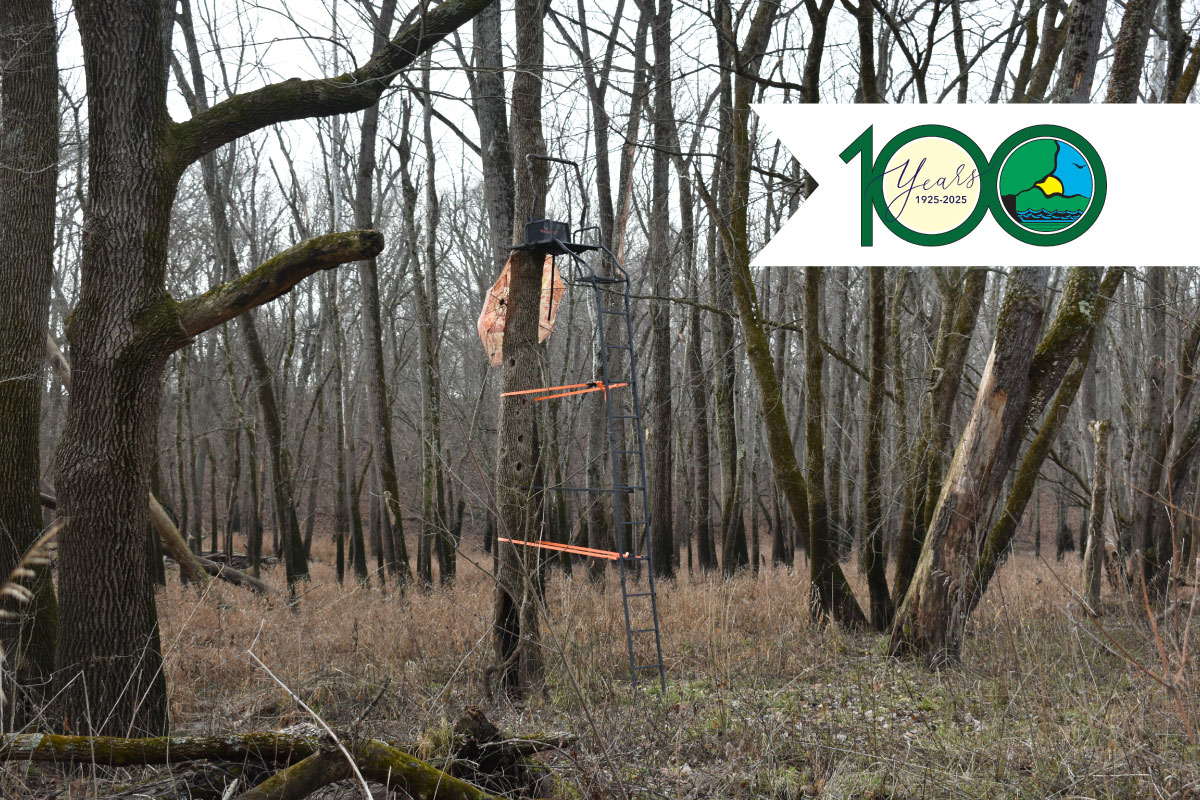
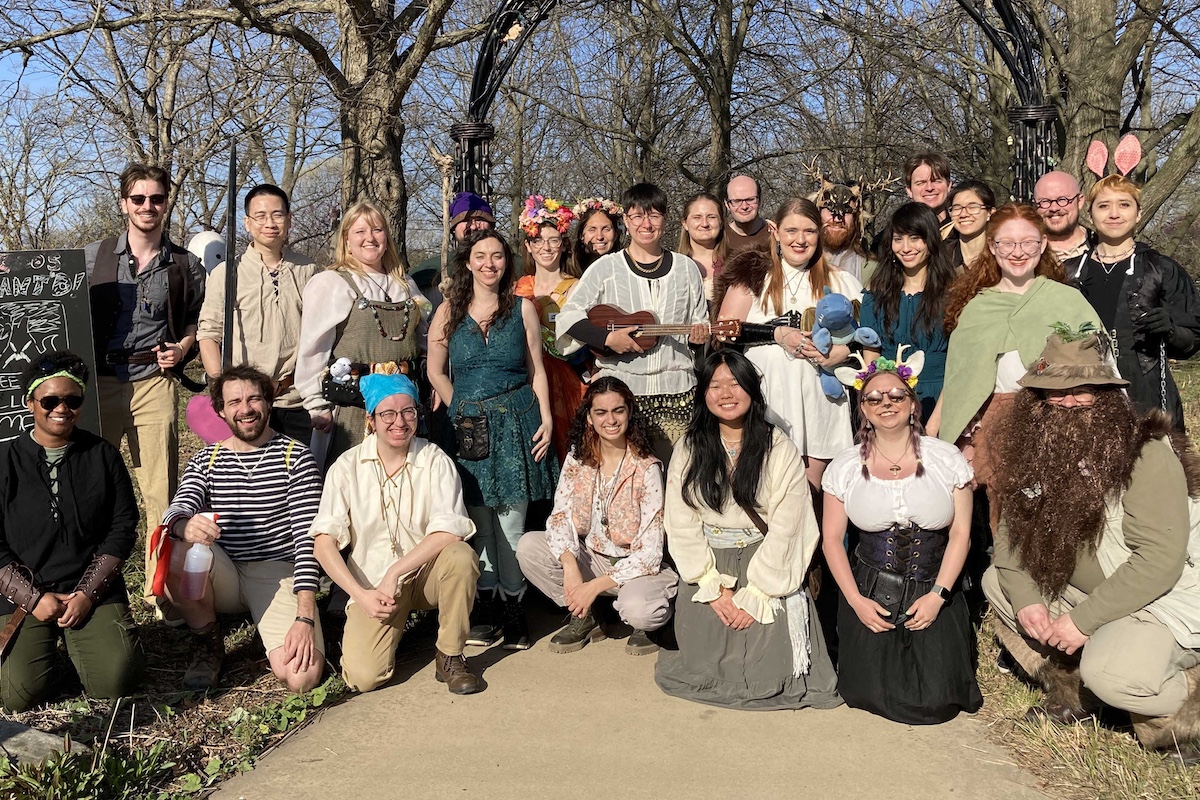
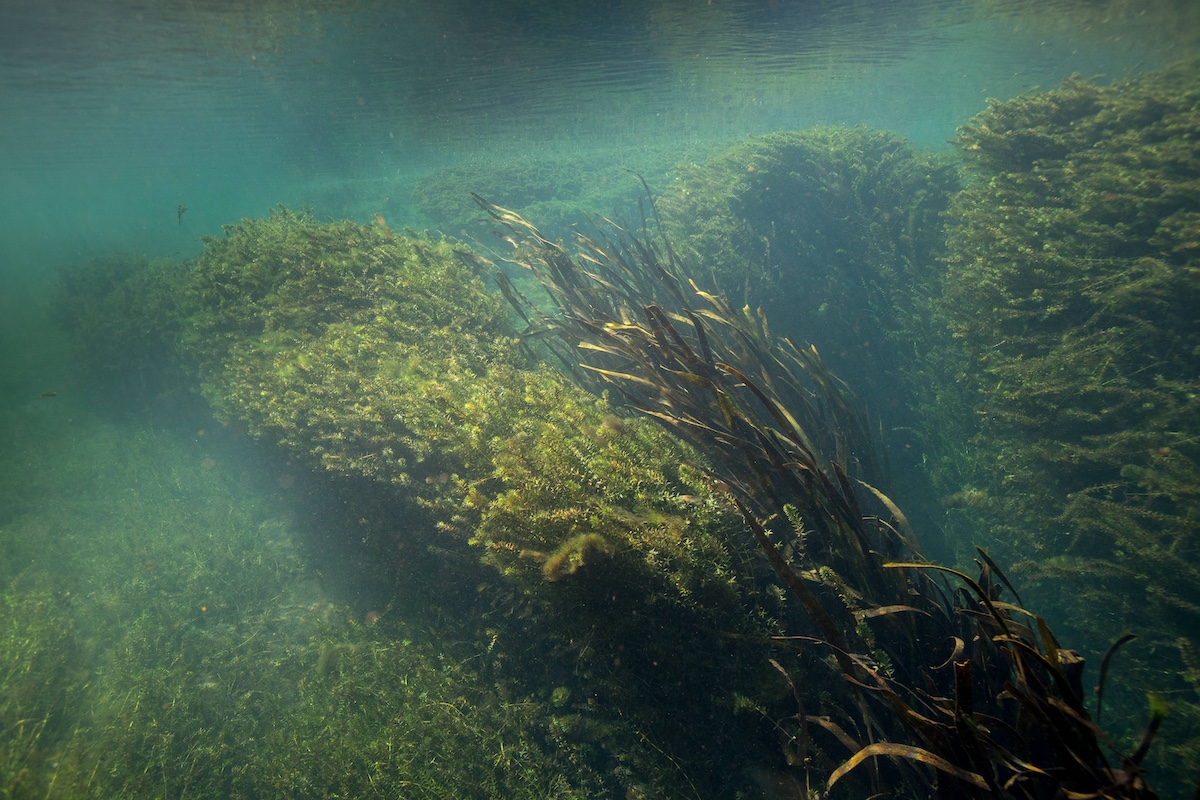
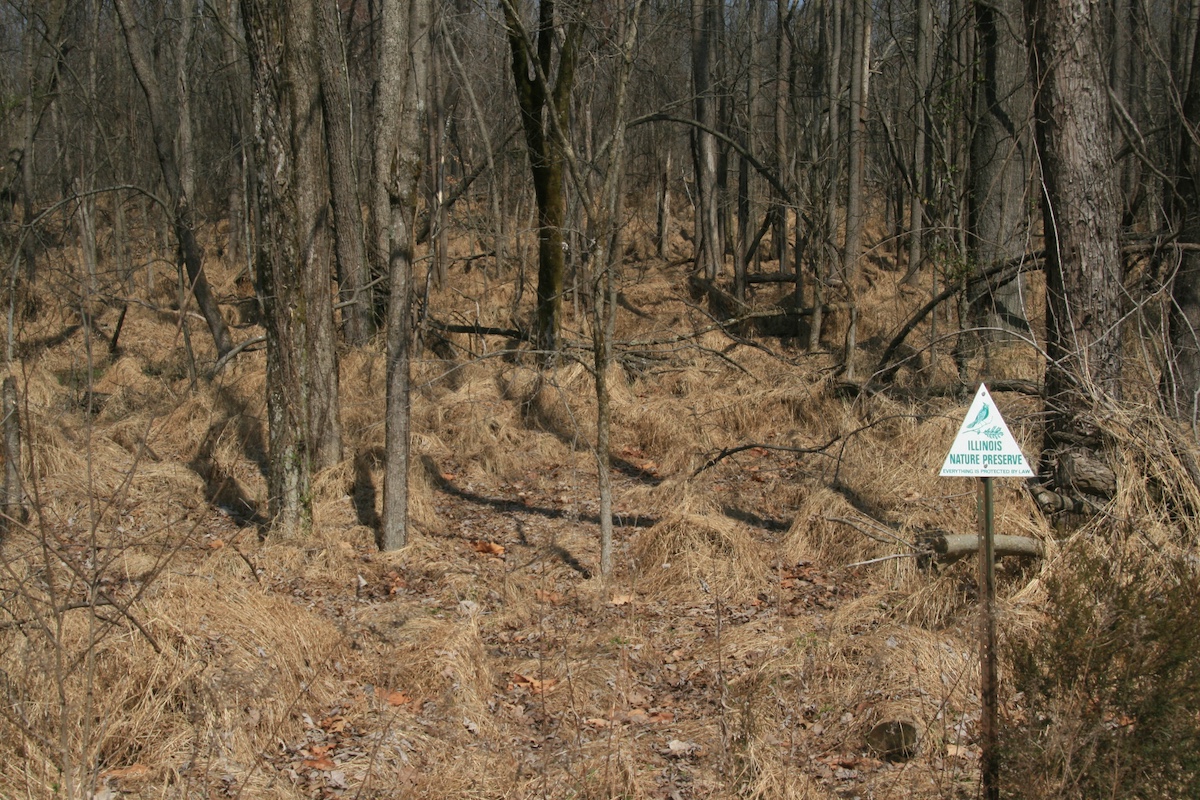
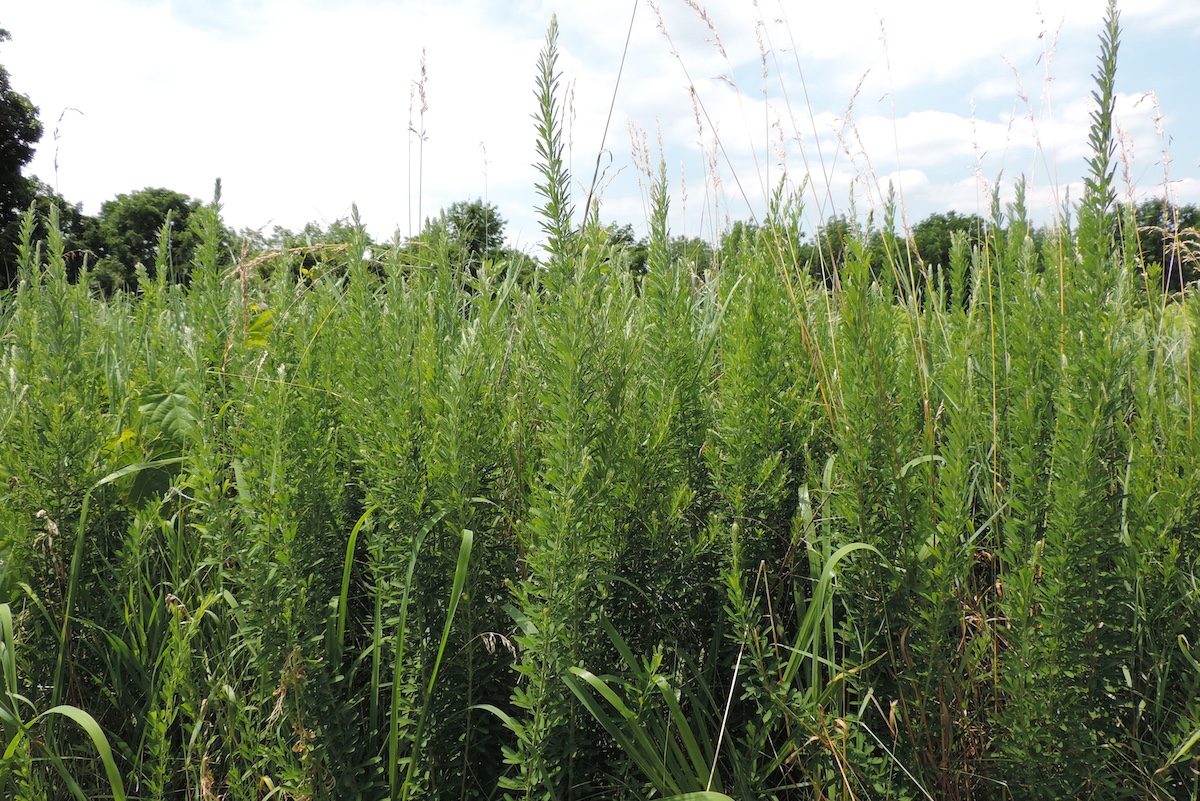
Submit a question for the author